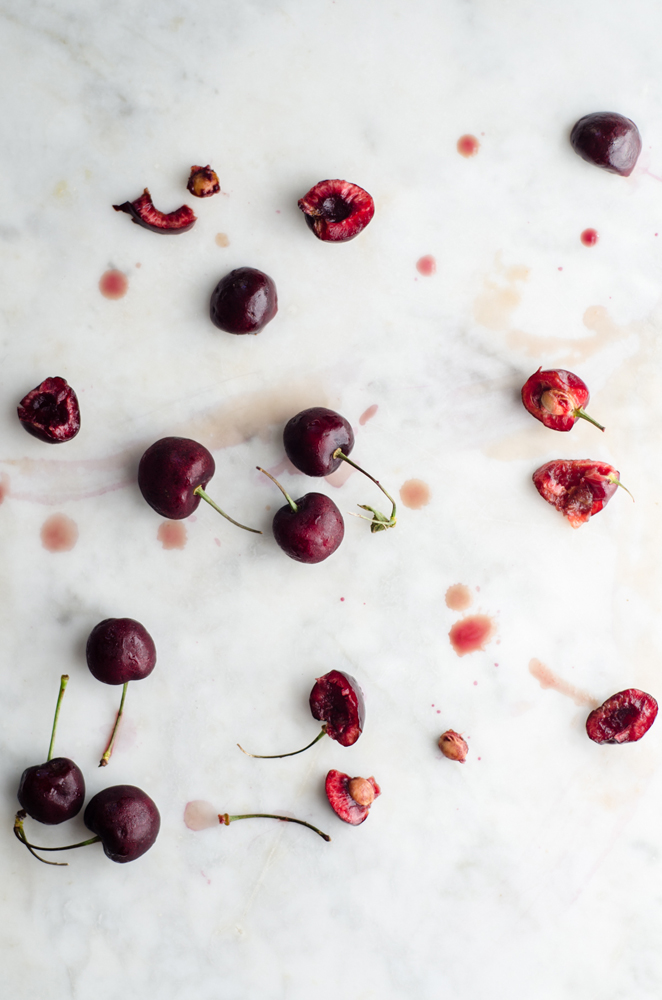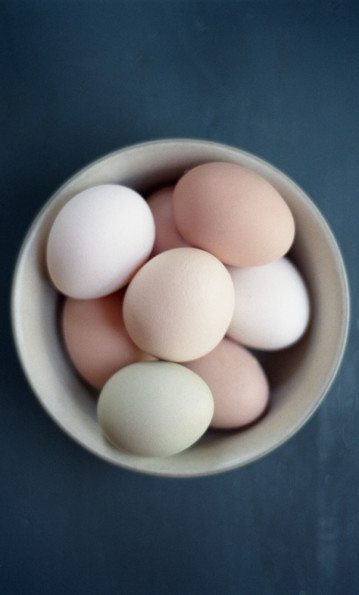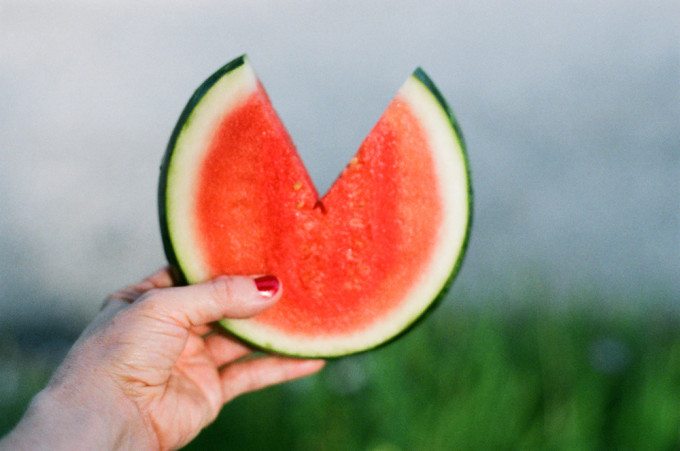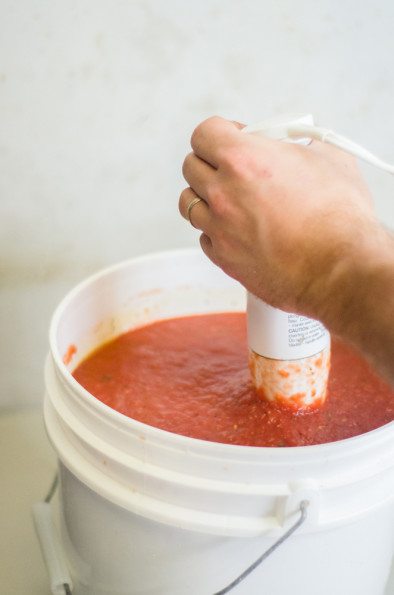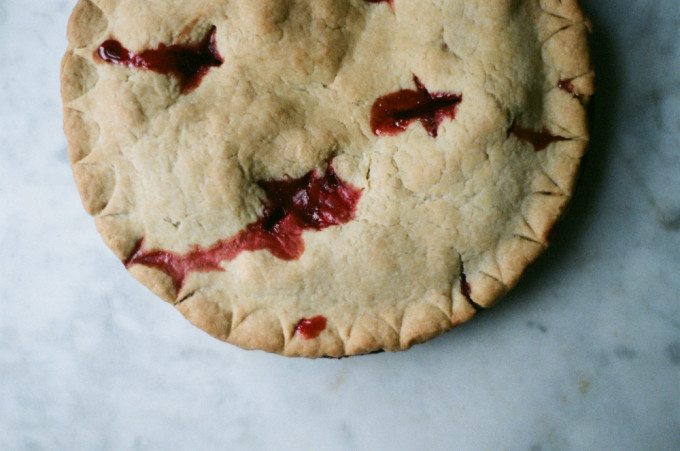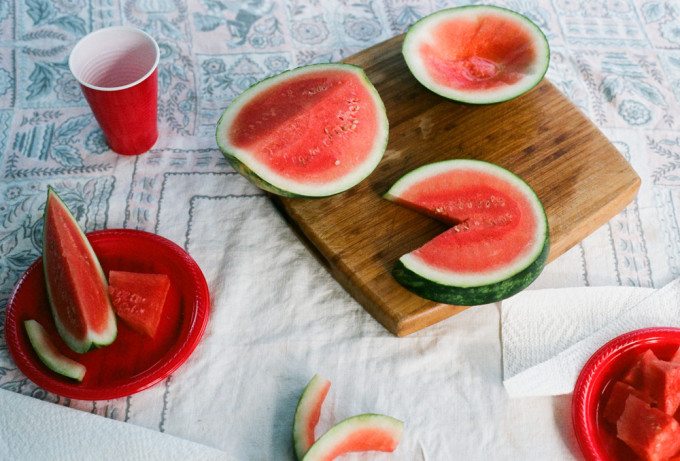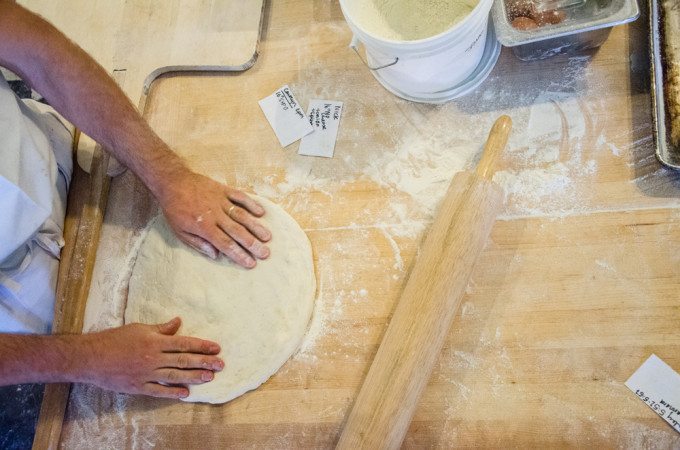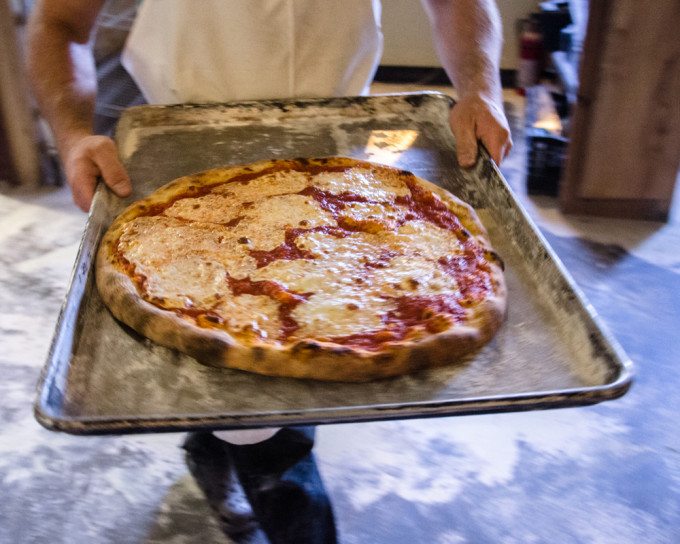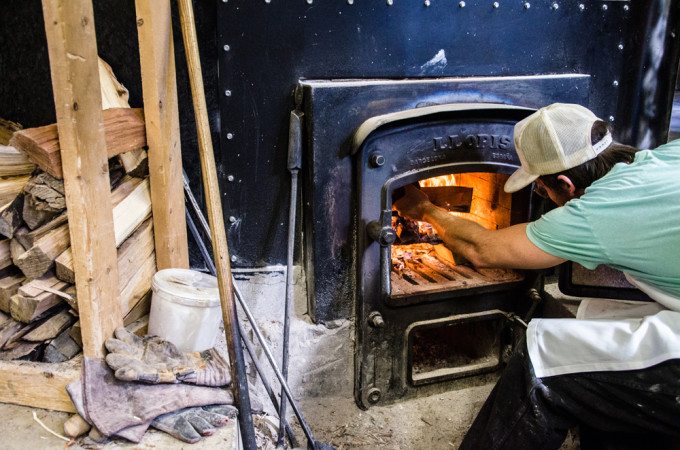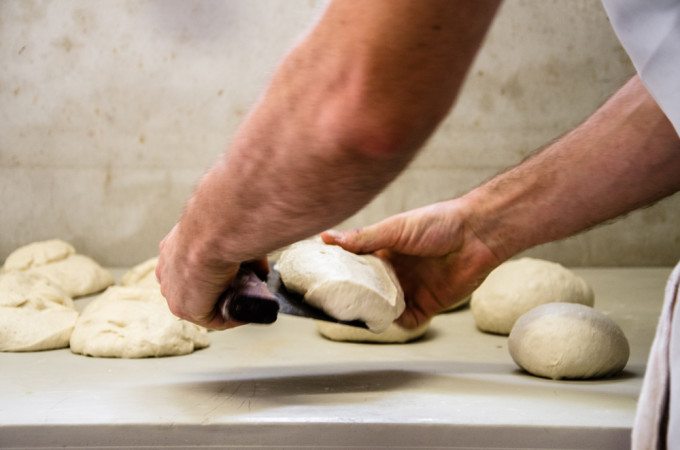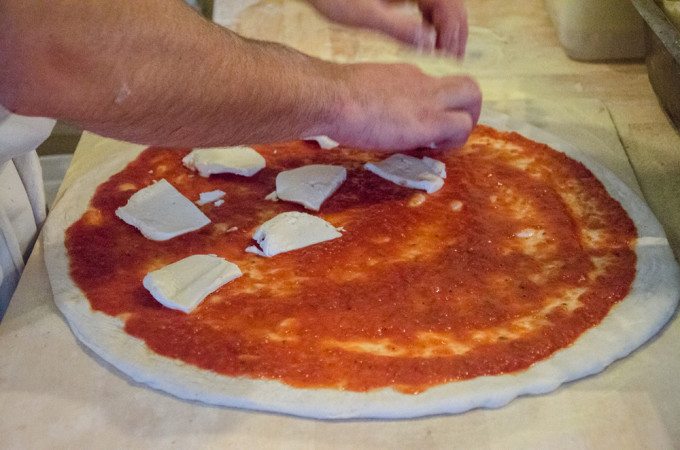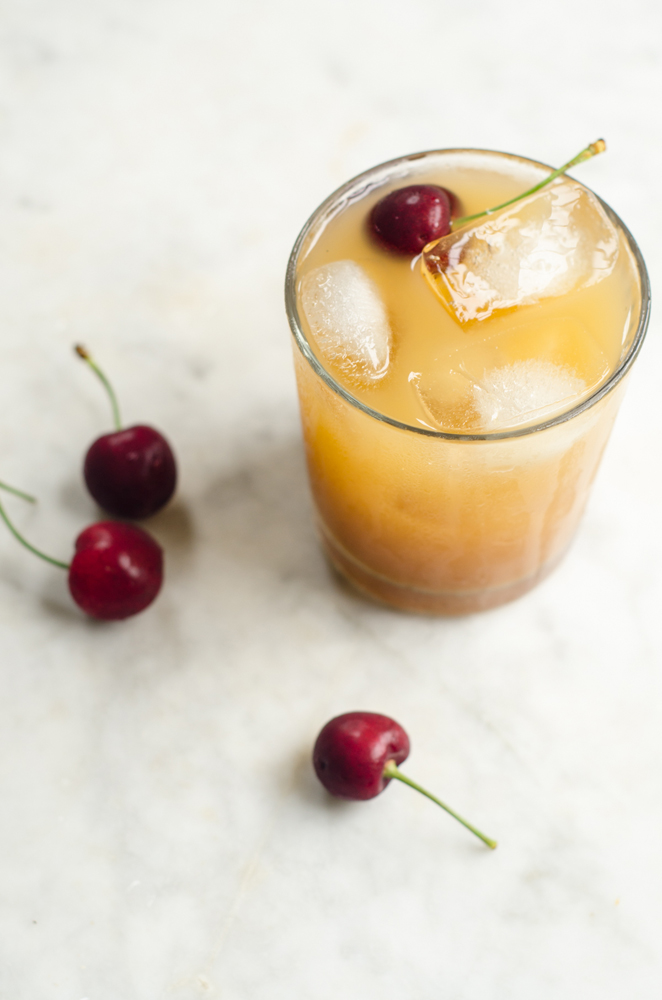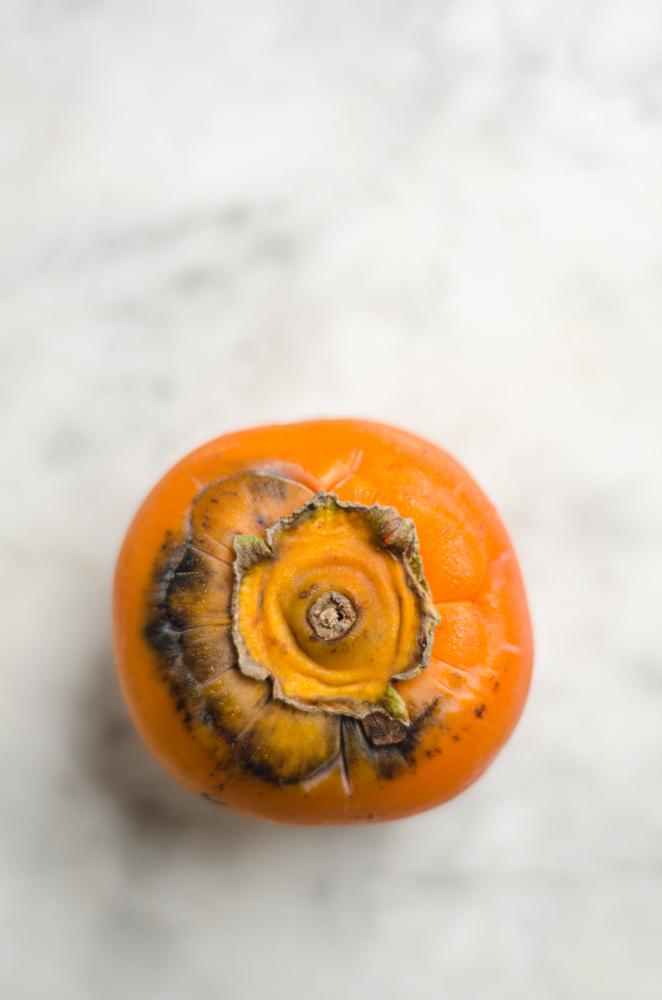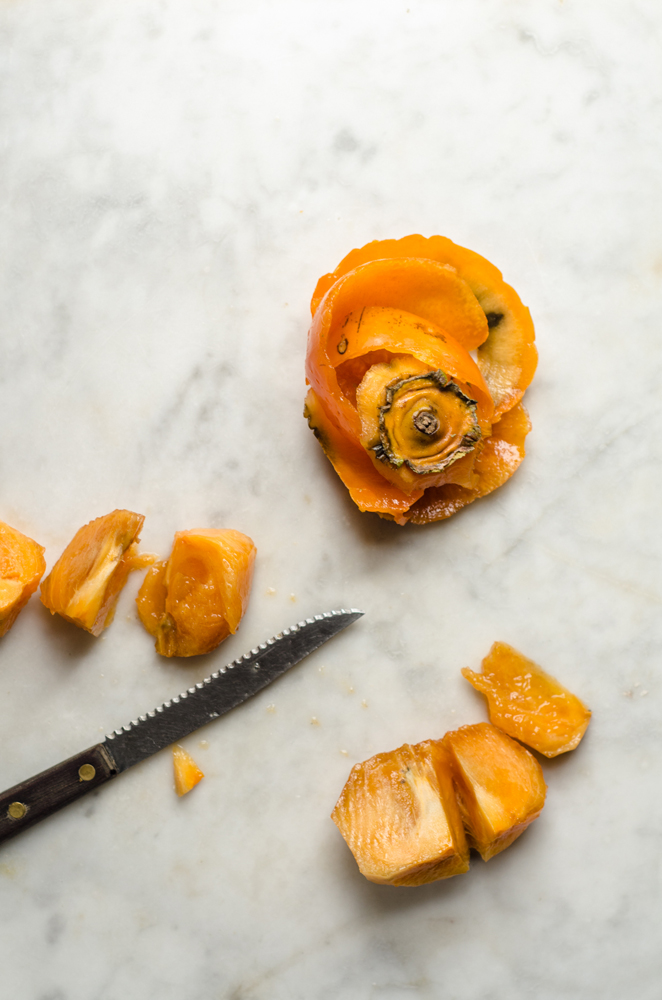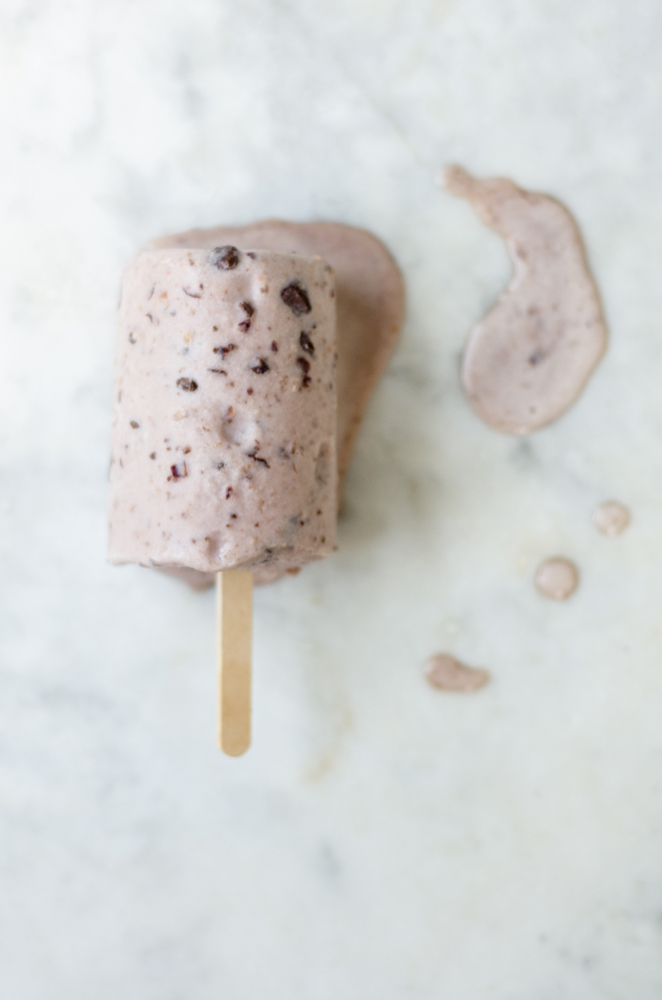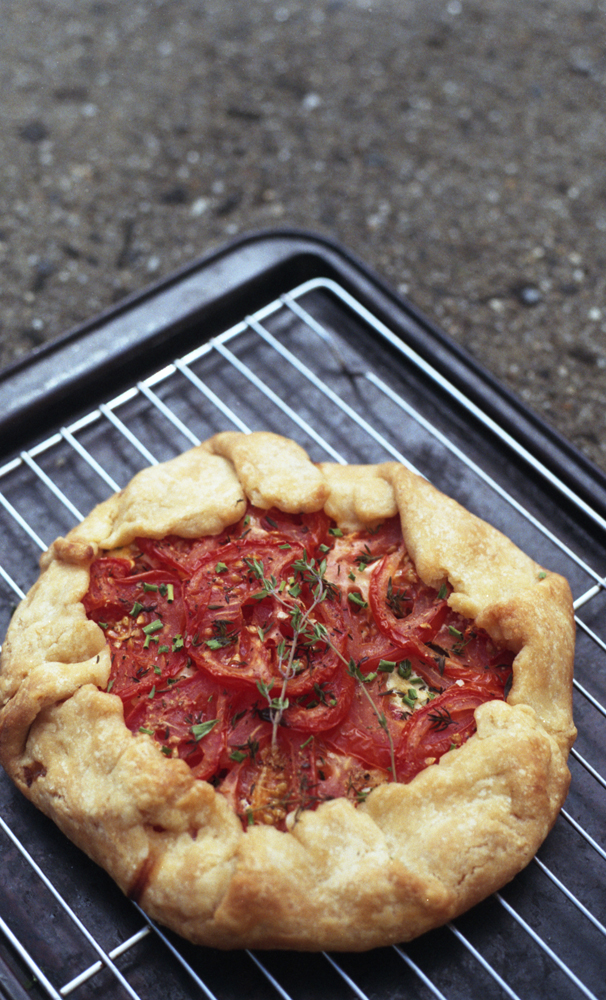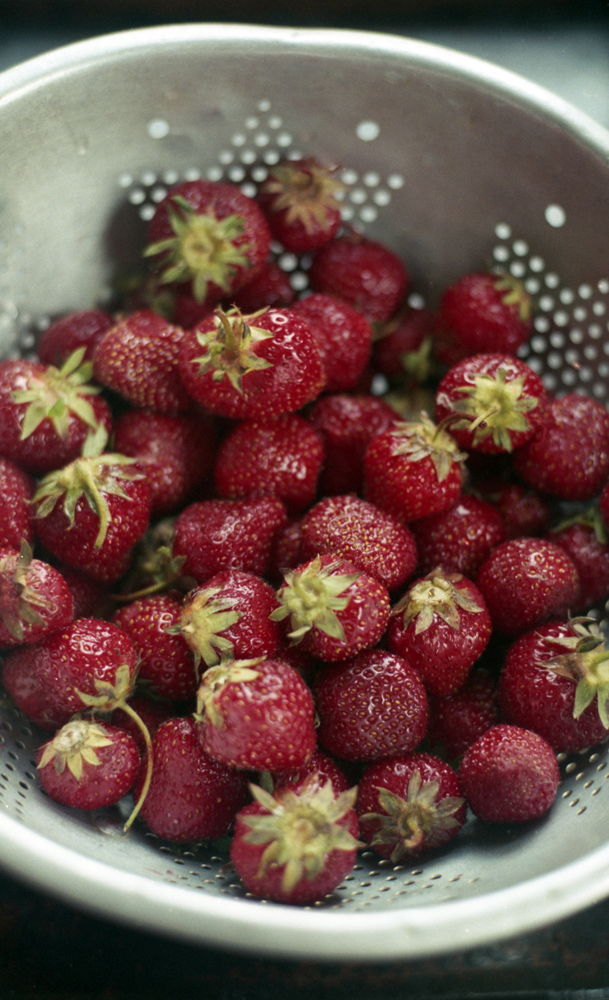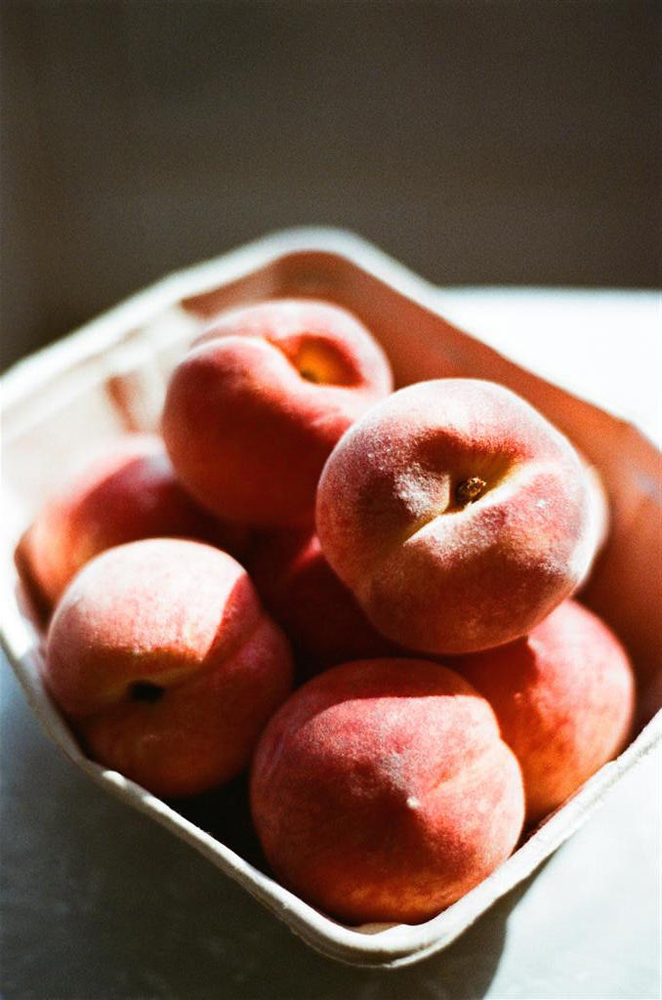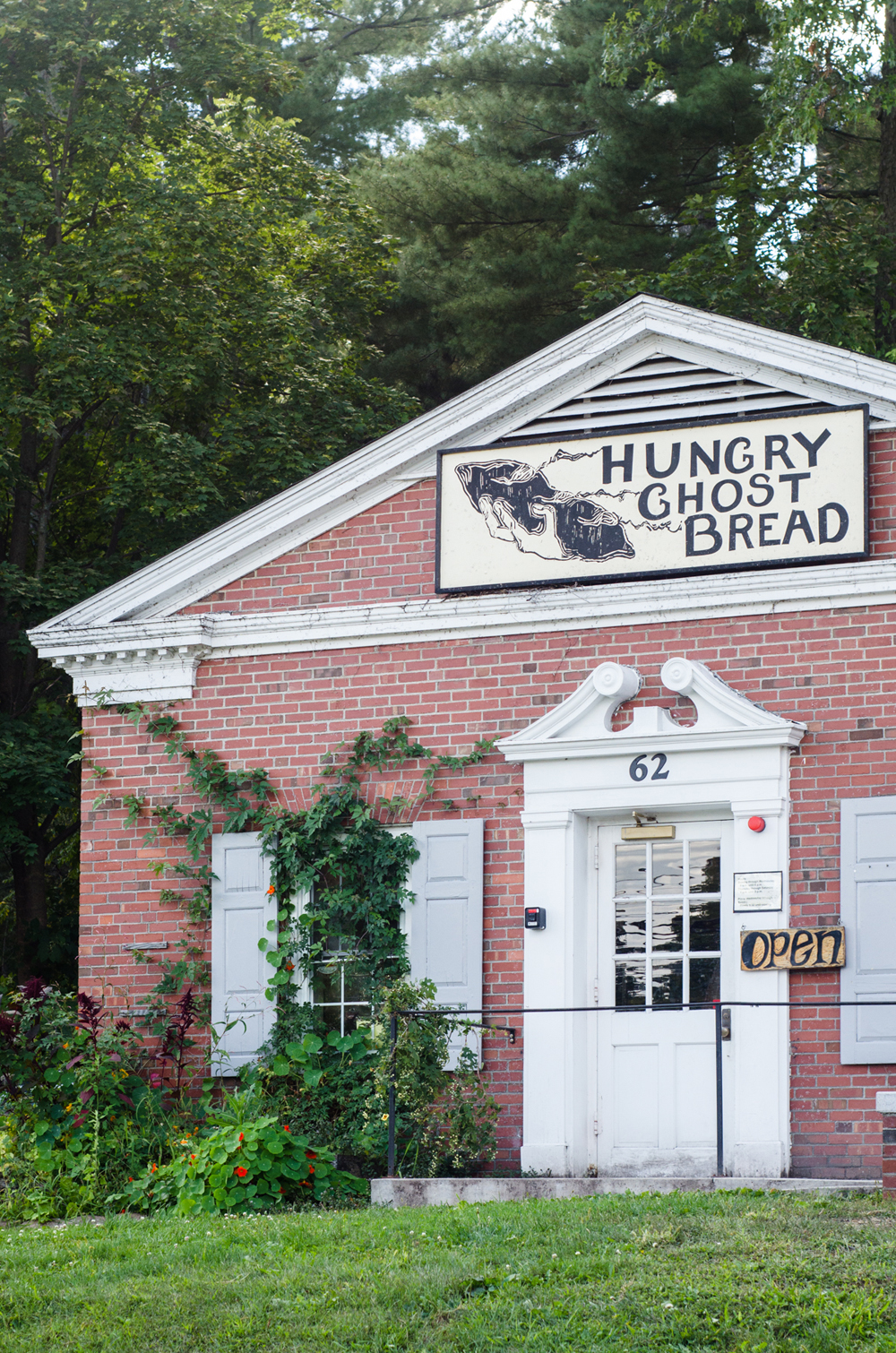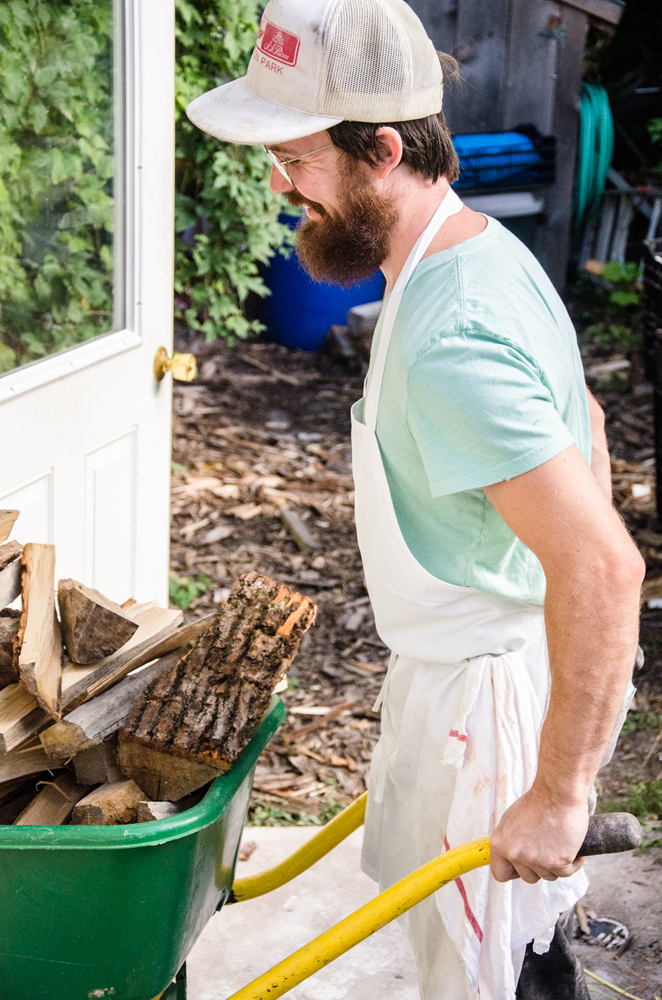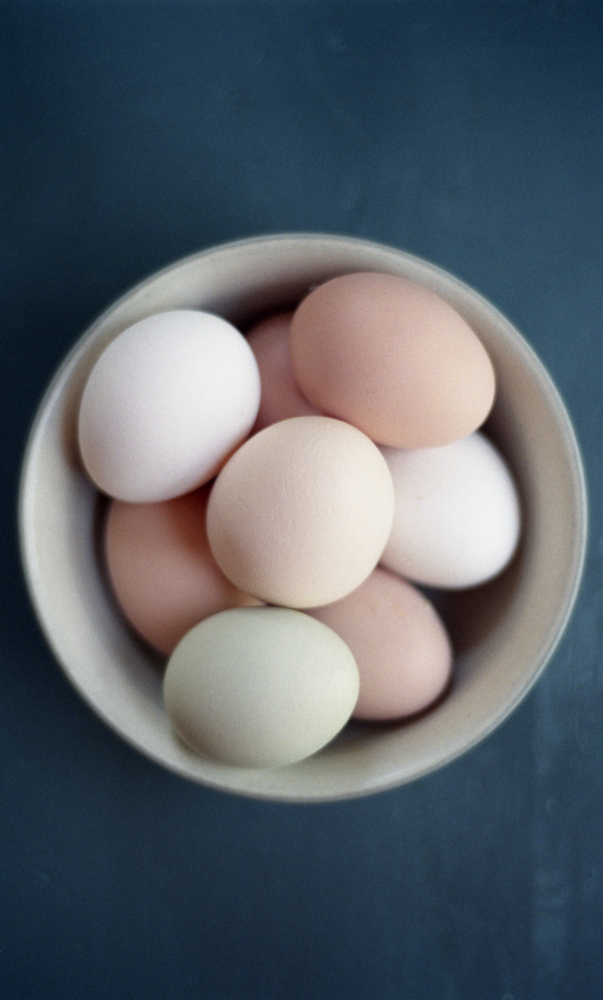All images by Nikki Gardner. Used with permission.
“Food factors into all of our lives,” said photographer Nikki Gardner about how she got into food photography. Based in Western Massachusetts, she is a fine art and lifestyle photographer and the creator of Develop Your Photo Habit & Style, an e-course for photo lovers. Nikki is a lover of film and digital–and uses Nikon and Hasselblad cameras to get her jobs done.
When pitching her work to us, she went on about her love and passion for food photography while we fell in love with lots of her simple concepts and designs.
Our interview with Nikki is after the jump. But also be sure to follow her on Facebook and Twitter.
Phoblographer: Talk to us about how you got into photography.
Nikki: My step grandfather collected vintage cameras and had a darkroom in the basement bathroom. I was always intrigued with photography and couldn’t wait to work under the red safelight and get my hands on film and chemistry. My father bought me a Kodak 110 camera for my 10th birthday and I immediately fell in love with the act of documenting life.
Phoblographer: What made you fall in love with food photography?
Nikki: We all eat. We gather together to share food and stories. Pieces of our day. Markets. Tables. Preparations. Stoves. Celebrations. Losses. Food factors into all of our lives. Whether we have too much or barely enough, food is something that can connect us no matter where we are in the world. When I was in school studying photography, I discovered Edward Weston’s black and white food photography and fell madly in love with beauty in the ordinary. Fascinated by his use of formal devices like light, shadow, form, shape, and tone, I felt like his food photographs, particularly his pepper and cabbage ones were imbued with life as if each one was a dancer in repose. As Weston put it, “I want to make the commonplace unusual.”
Phoblographer: Lots of your photography emphasizes a neutral background and looks like there is natural lighting involved. How do you create your images?
Nikki: I work mostly with neutral backgrounds and natural light whenever possible. Both allow me to draw attention to the formal qualities of the food itself: the color, mood, atmosphere, texture, patterns, shape, form, and light. Again, I’m concerned with all the foundational elements that go into making strong compositions.
Phoblographer: What inspires your specific creative visions for your scenes?
Nikki: There is a natural gestalt that I rely on when it comes to food photography meaning I try to find the story in a moment. I often think about the subject and context of the scene, choose a background and dish or spoon and then I respond and play with the food and scene until it feels authentic, that it’s happening in real-time. I’m constantly studying light in my kitchen studio and how it falls throughout the day. I notice when it soft and hard and think about what types of stories could benefit from either scenario. I look at other photographer’s work and note what I’m drawn to and how I can use that quality in my own images. I look at art, paintings, and movies as well for inspiration.
Phoblographer: Your food photography is significantly different from your restaurant work. How are you thinking differently when shooting one vs the other?
Nikki: With my restaurant work, I’m responding to the scene in real-time instead of creating it piece by piece. It’s all action. I don’t have the same level of control as I do with my still life work. It’s purely documentary, often under mixed and often unflattering lighting conditions. It forces me to move and think quickly and to find a way to tell the story of a pizza being made before it’s boxed and delivered. I always start with a shot list with at least ten images, including an establishing shot, portrait, detail, although I always leave with hundreds of images. I mentally cross each one off as I go.
Phoblographer: What’s the biggest tip about food photography that you wish you knew when starting out?
Nikki: Shoot as much as you can in a variety of settings. Allow yourself the time and space necessary to grow as a photographer, which means you’re going to make some crappy work for a while until you get better. Study both the art and craft of photography. If possible, assist a working photographer and soak up as much as you can. Be curious and ask questions. Find what moves you and photograph that, your voice will be a natural progression of all the above.


